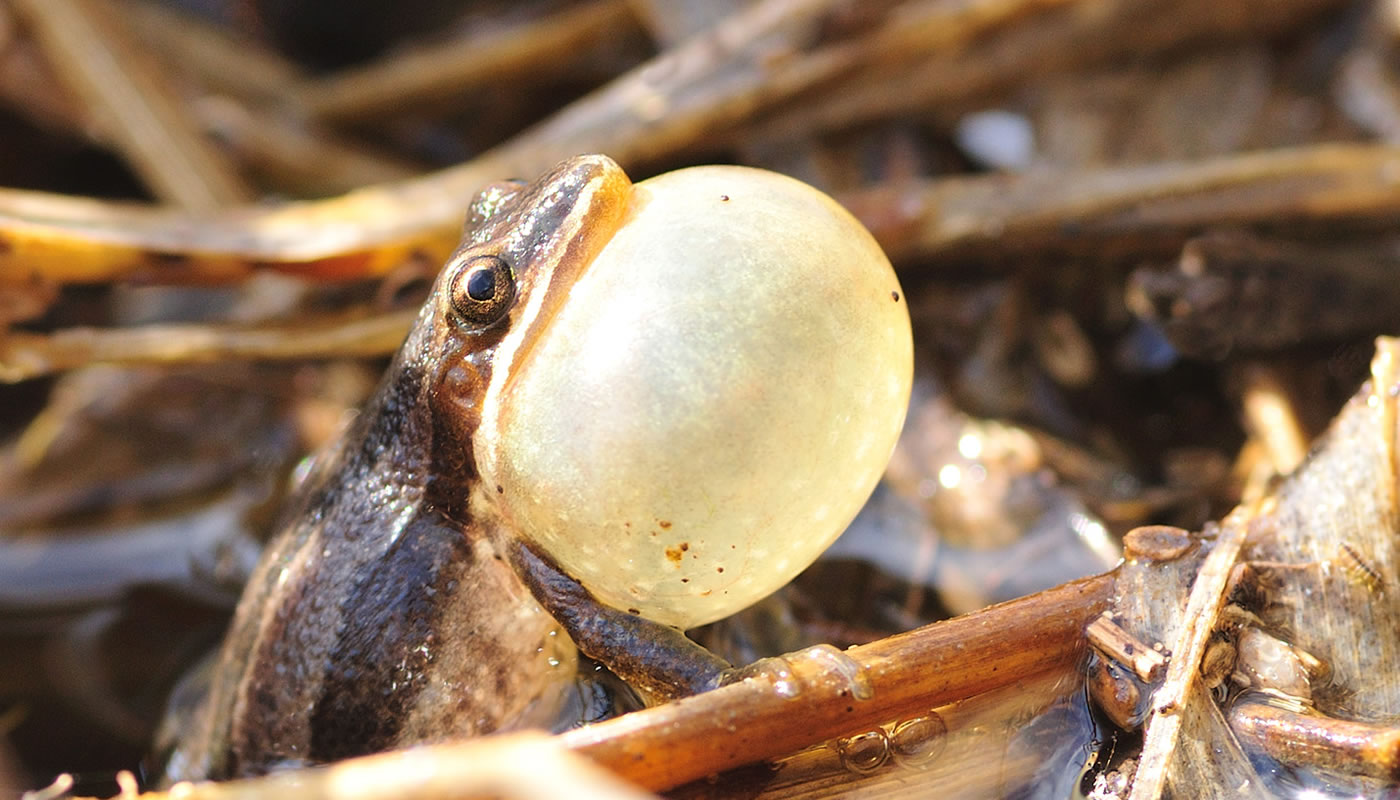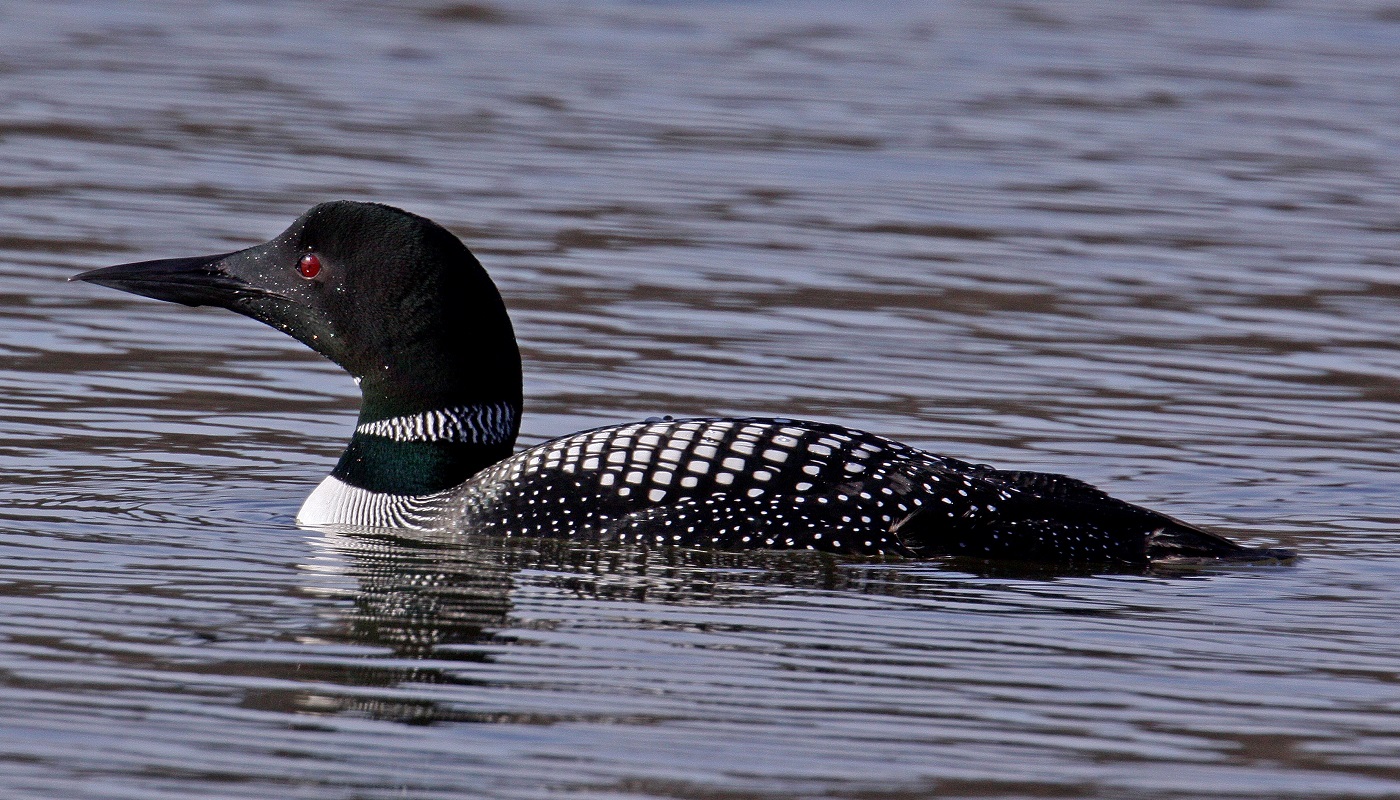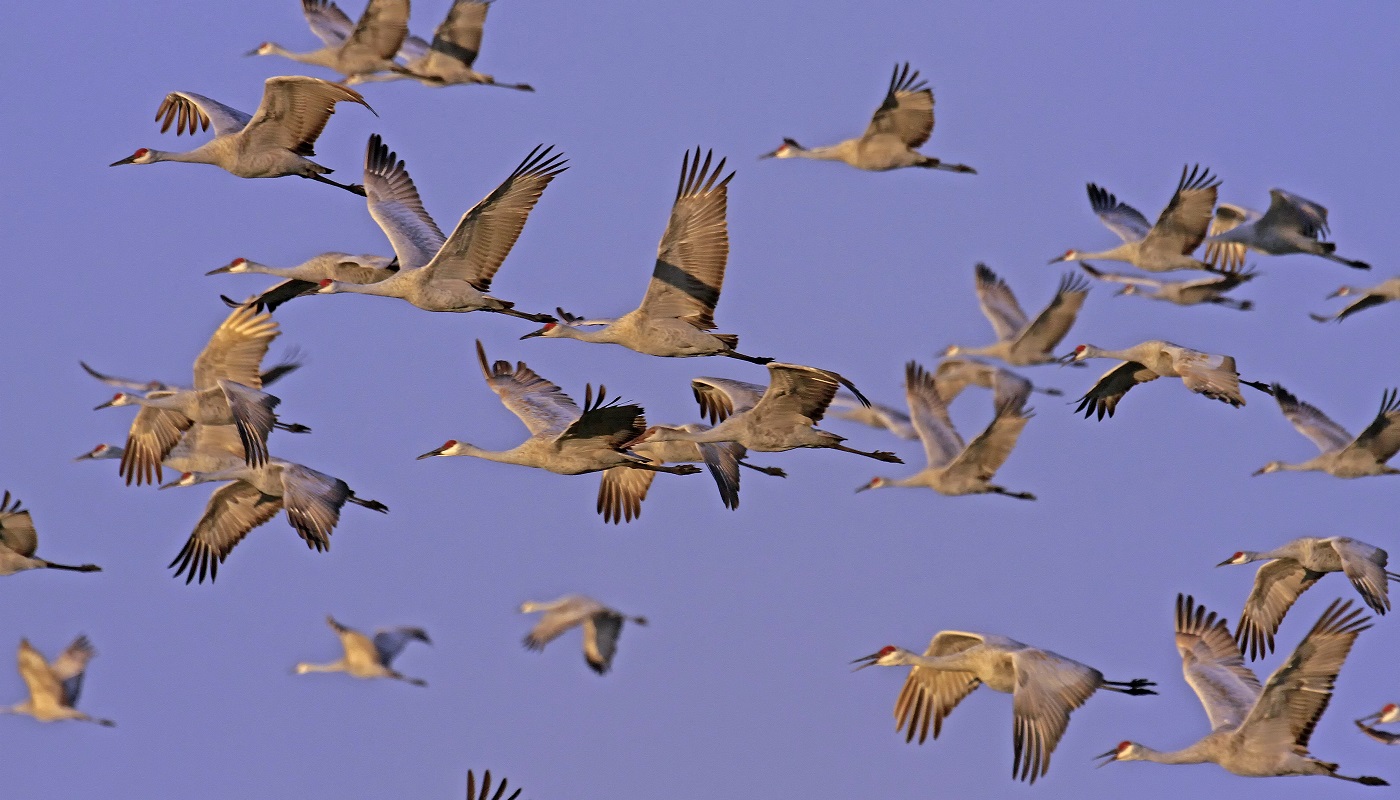Ah, spring! How do we know it’s here? Well, let’s find out by going for a “walk” in the woods and engage our senses.
As we head to the forest preserves, we’ll notice we have more time to hike because our days are getting longer. This is because the northern hemisphere is now angled towards the sun instead of away—helping these first spring days feel extra bright and warm after a dark, cold winter.
When we step outside, we can even smell spring is in the air. You know the smell…the one that smells kind of like soil. This smell is from an organic compound in the soil called “geosmin.” Geosmin is produced by soil bacteria that gets eaten by ancient arthropods called springtails, so called because of their tail-like appendage that helps them “jump.” They can be found in damp leaf litter and even on snow that is melting away from the base of trees on warm days. Fossil evidence dates them back to 400 million years ago.

As we walk onto the trail we can feel the squish of mud under our feet, formed from snowmelt and spring rains. Good thing we came prepared in our mud shoes so we can walk right through the mud. And we know not to step off trail, which would trample our next sign of spring—wildflowers.
Some of the first bloomers are wildflowers like bloodroot, sharp-lobed hepatica, or Dutchman’s breeches. Our early spring wildflowers are the first plants to start growing each year, so they only need to grow taller than the leaf litter around them to get sunlight. But spring moves quickly, so they must emerge, bloom and produce seed before everything else starts growing. This means some wildflowers might only be in bloom for a day.
As we continue to walk, our eyes are drawn upward by the sound of dozens of sandhill cranes bugling as they make their way back north. Keep your eyes on these flocks for an occasional whooping crane mixed in. The bright white of whooping cranes will stand out amongst the gray of the sandhill cranes. Some of these sandhill cranes will stay to nest in small, grassy wetlands of the forest preserves.

The cranes have passed and now we hear some other sounds coming from vernal pools—wetlands that only have water in them for a portion of the year. We are hearing frogs! No bigger than a quarter, chorus frogs and spring peepers start calling in March and get particularly loud on sunny days and warm nights.
Chorus frogs sound like a fingernail running down the teeth of a plastic comb and spring peepers make a high pitched “peep!” Look closely for them as they are camouflaged and blend in very well with their background. While you’re looking, you might even see fairy shrimp in the water. These tiny crustaceans only live in high-quality vernal pools.

As we finish our walk in the woods and come across a larger body of water, we get to see some of the first—and sometimes forgotten—migrating birds: waterfowl. Places like McGinnis Slough, Busse Woods, and Wampum Lake are great places to observe waterfowl like buffleheads, lesser scaup, common mergansers, and even common loons stopping over on their migration. Check our Events Page for waterfowl programs you can attend to help with identification.
By now, your day has been filled with signs of spring. Don’t forget that nature moves rapidly this time of year and could be gone in the blink of an eye. So get out (for real) while you can to experience the ever-changing spring season!
Post by Lorrie Ward, Naturalist

